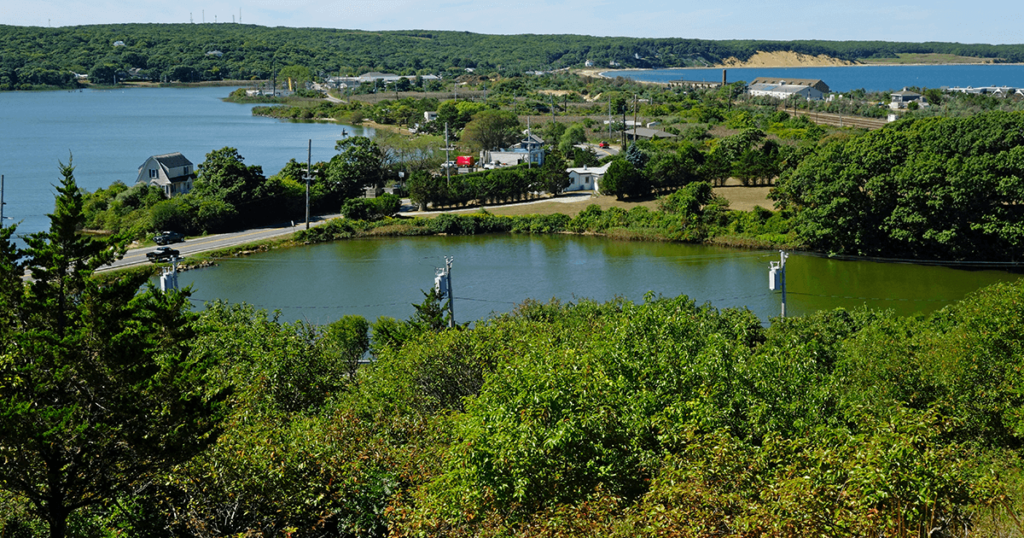
Just like humans, trees have their own secret inner lives. We can see the events each tree endures—drought, disease, infestation—in its growth rings, visible only when we cut down the tree or use an increment borer to extract a strip from its core.
Usually, trees growing near one another have similar ring patterns because they have undergone the same conditions in each passing year. But scientists are finding that’s not the case for the last stands of maritime forest in the metropolitan New York area.
“These trees are all singing their own song,” says paleoclimatologist Nicole Davi, a professor at William Patterson University and an adjunct research scientist at Columbia’s Lamont-Doherty Earth Observatory. She has studied tree rings from Mongolia to Montauk and says that with this project, “it’s difficult to know what’s going on,” with growth rings varying from tree to tree.
This summer, Davi and her students are braving briers, poison ivy, and ticks to venture into coastal woods on Fire Island and near Montauk, New York, and on Sandy Hook, New Jersey, trying to build the stories of the forests to better understand their responses to climate change. These stands are at least 200 years old, meaning they’ve likely survived saltwater surges from storms like Hurricane Sandy, which laid low swaths of trees.
In other research sites around the world, Davi has been able to determine the main limiting factor for the trees—say, temperature or water—and learn what drove the trees’ growth. She has seen in ring patterns evidence of a fire racing through a stand or a volcano erupting. She hopes to do the same in urban areas.
“These are incredible sites for me to bring students to,” Davi says. “They are so close to high-population urban areas and are so special. We really want to see how they are responding to climate.”


